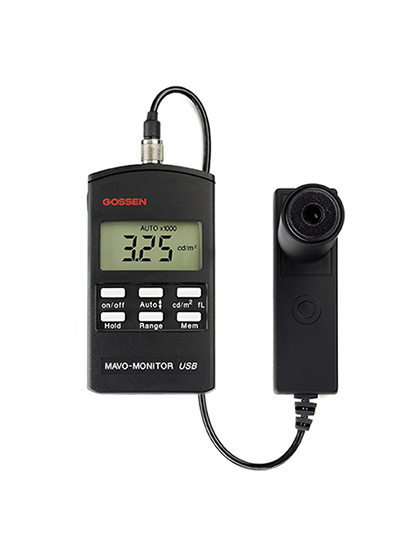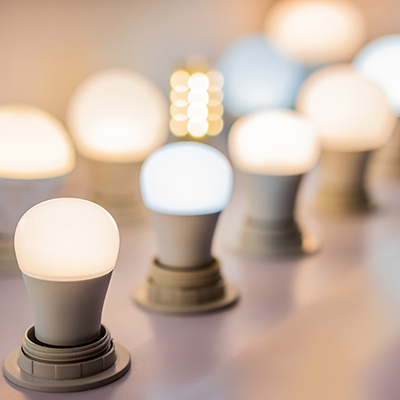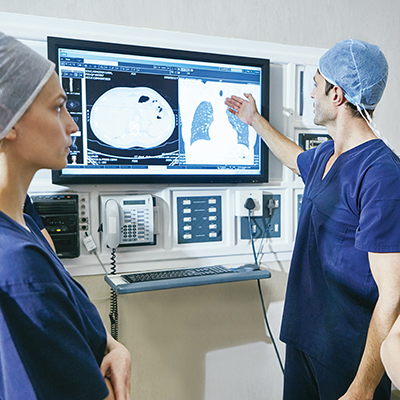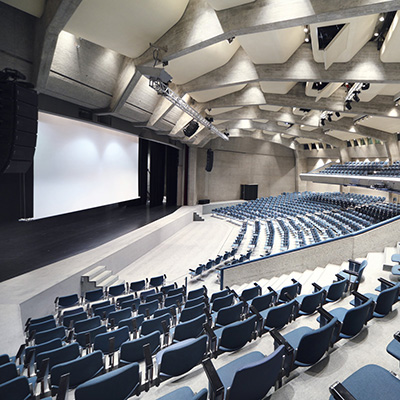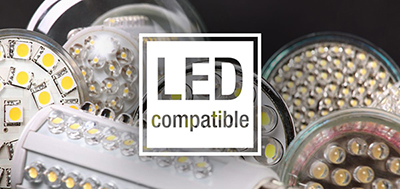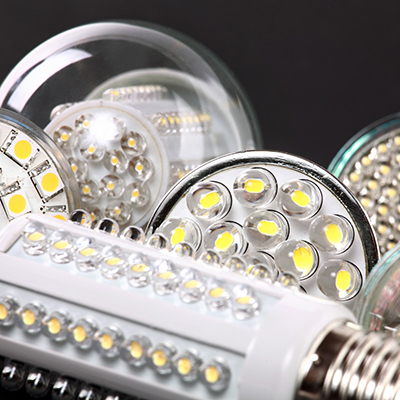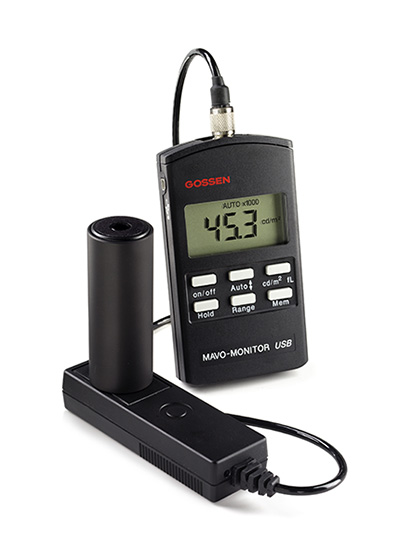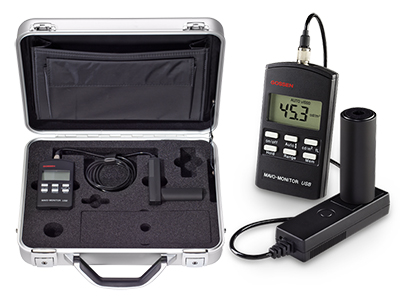This high precision luminance meter is
used for contact measurement is assigned to class B in accordance with DIN 5032-7, appendix B of DIN EN 13032-1 and CIE 69, and measures the perceived light of back-lighted surfaces in candelas per square meter (cd/m²) or foot-lamberts (fL). It is the excellent adaptation to the spectral spectral brightness sensitivity of the human eye with a minimum deviation of only f1’ < 3 % that is significantly better than the specifications demanded in the standard.
After pressing the HOLD key, the measured value is saved to memory and display illumination is activated, making it possible to read the display in dark environments. The included adapter disc protects the meter from incidence of light from the side during measurement, and the velvety coating prevents scratching of self-luminous and back-lighted surfaces. In industrial, commercial and service applications, luminance can be measured at monitors of any type, TV screens, lightboxes, illuminated advertising surfaces, traffic signs and focusing screens.
Special tests for proving and observing norms and standards for quality, general safety, work protection, as well as safety on monitors in the field of medical diagnostics and office technology may get its documented evidence by means of our factory Calibration Certificate. Depending on how the meter is used, we recommend a calibration interval of 12 to 24 months.


